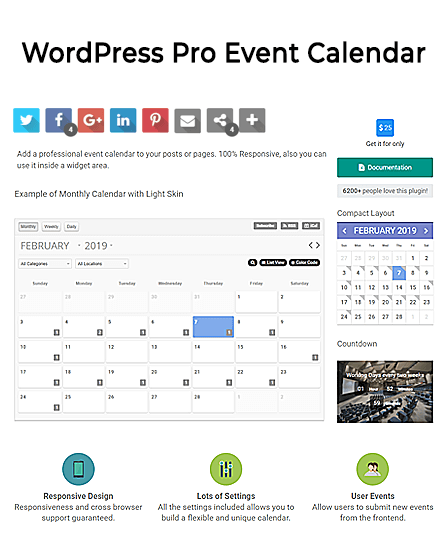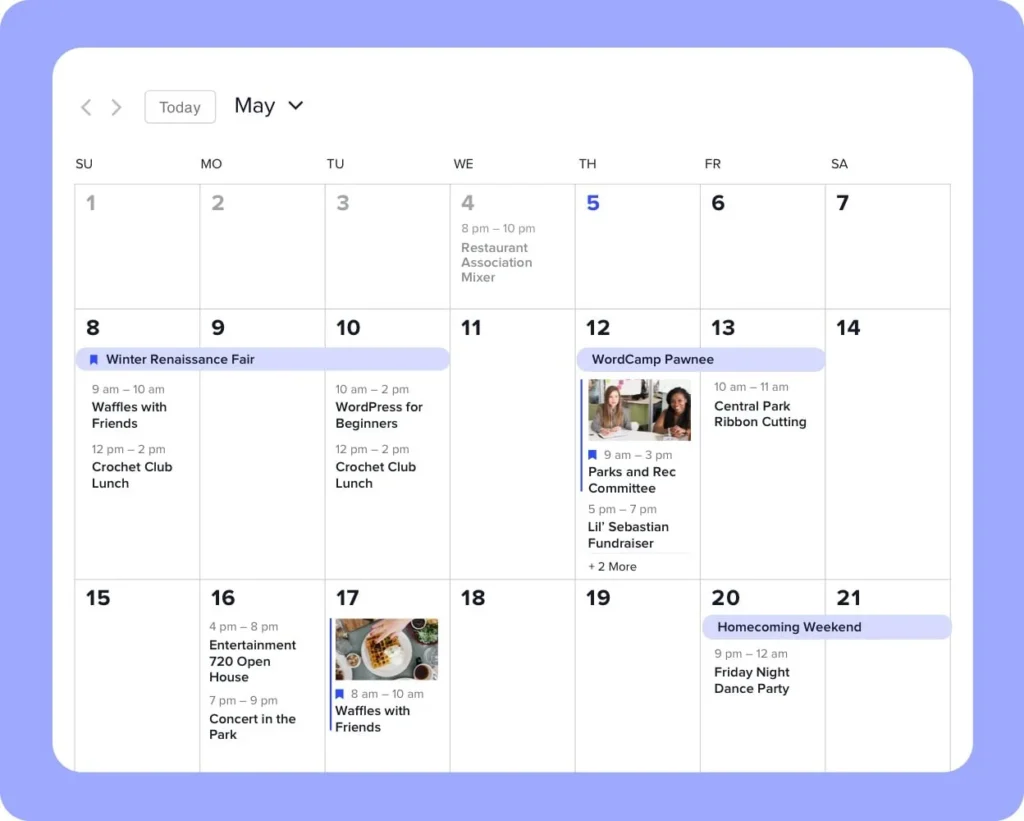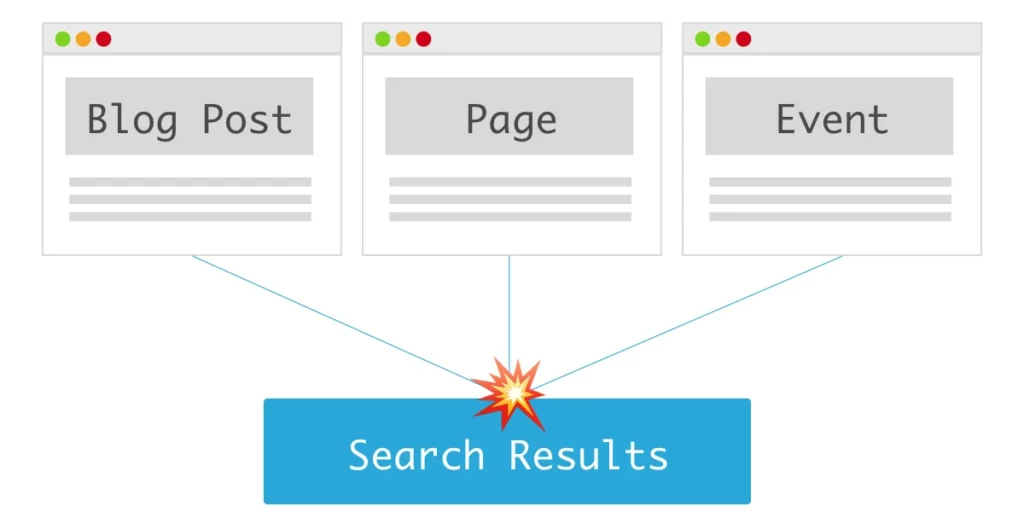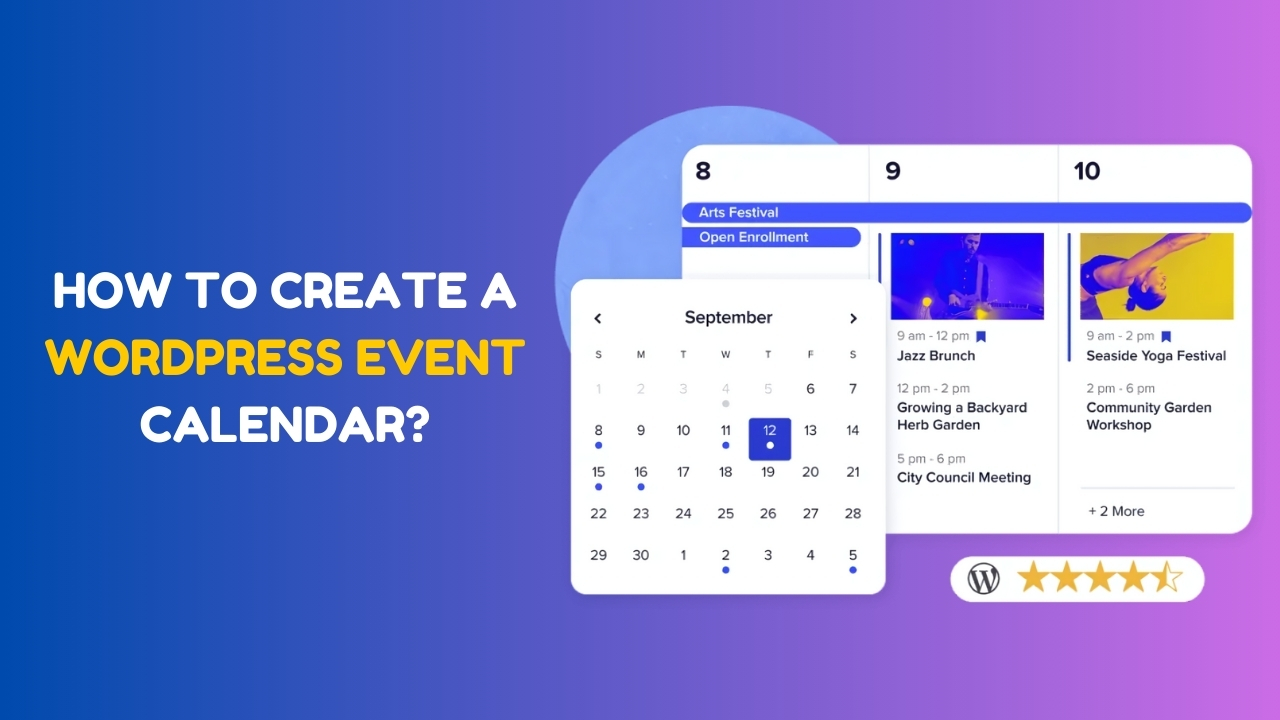Creating a WordPress event calendar is a game-changer for websites looking to organize and promote events efficiently. Whether you’re running a small blog, a corporate website, or a community platform, integrating an event calendar can help streamline your event management process and improve user engagement. This comprehensive guide will walk you through the step-by-step process of creating a WordPress event calendar, offering tips, tools, and best practices along the way.
Why Use an Event Calendar on Your WordPress Site?

Incorporating an event calendar on your WordPress site can significantly enhance your content strategy, improve user interaction, and streamline the organization of events. Event calendars serve as a centralized hub where visitors can find information about upcoming activities, workshops, webinars, or any event you wish to promote. Moreover, event calendars can be tailored to match the specific needs of your website, allowing for a seamless integration that boosts your site’s functionality.
Enhancing User Experience
One of the primary benefits of an event calendar is the improved user experience. Visitors to your site can quickly locate events that interest them, view event details, and even register directly through the calendar. This ease of access not only keeps users engaged but also encourages repeat visits.
Streamlining Event Management
For website owners, an event calendar simplifies the process of managing events. Instead of juggling multiple platforms, all event-related activities can be managed directly within WordPress. This includes setting event dates, adding descriptions, and even integrating with third-party tools like Google Calendar for broader reach.
Boosting SEO
Event calendars can also be a powerful tool for boosting your site’s SEO. Each event can be optimized with relevant keywords, making them more discoverable in search engines. Additionally, regularly updating your calendar with new events signals to search engines that your site is active, potentially improving your rankings.
Top Features of a WordPress Event Calendar
When selecting a WordPress event calendar plugin, it’s crucial to consider the features that will best meet your needs. A robust event calendar should offer the following functionalities:
- Responsive Design: Ensure your calendar is mobile-friendly and accessible across different devices.
- Recurring Events: The ability to set recurring events without manually entering them each time.
- Event Registration and Ticketing: Integrated systems for users to register for events or purchase tickets directly from the calendar.
- Customizable Views: Options to display events in various formats, such as monthly, weekly, or daily views.
- Event Categories and Tags: Organize events using categories and tags for easy filtering.
- Google Maps Integration: Show event locations with embedded Google Maps.
- SEO Optimization: Features to optimize each event for search engines, including meta descriptions and keywords.
A well-rounded plugin with these features will not only make event management easier but also enhance the overall user experience on your site.
Also Read: How to Create a Stunning WordPress Blog in 2024?
Choosing the Right Plugin for Your Event Calendar
Selecting the right plugin is critical to successfully creating and managing your event calendar. WordPress offers a wide range of event calendar plugins, each with its own set of features and capabilities. Here are some of the most popular options:
The Events Calendar
- Pros: Highly customizable, integrates well with Google Calendar, and offers robust SEO features.
- Cons: Some advanced features require the paid version.
EventOn
- Pros: Sleek design, responsive, and offers a variety of addons.
- Cons: Limited free features, premium addons can be costly.
All-in-One Event Calendar
- Pros: Free version offers plenty of features, including recurring events and Google Maps integration.
- Cons: Interface can be slightly overwhelming for beginners.
Factors to Consider
- Ease of Use: Choose a plugin that is user-friendly, especially if you’re not tech-savvy.
- Customization Options: The more customization options available, the better you can tailor the calendar to fit your site’s design.
- Support and Documentation: Ensure the plugin has good support and comprehensive documentation to assist you in case you run into issues.
- Integration Capabilities: If you plan to integrate your calendar with other tools, like email marketing software or CRM systems, make sure the plugin supports these integrations.
Step-by-Step Guide to Creating an Event Calendar in WordPress

Creating an event calendar in WordPress involves several steps. Here’s a detailed guide to help you set up and customize your calendar.
Step 1: Install and Activate the Event Calendar Plugin
The first step is to choose and install a WordPress event calendar plugin. For this guide, we’ll use “Events Calendar” plugin, which is free and highly recommended for its features.
- Navigate to Plugins > Add New in your WordPress dashboard.
- Search for “The Events Calendar” in the search bar.
- Click “Install Now” next to the plugin, then Activate it once it is installed.
Step 2: Configure the Plugin Settings
Once the plugin is activated, it’s time to configure the settings:
- Go to Events > Settings.
- Configure the general settings, such as the event slug, date format, and time zone.
- Customize additional settings like event URLs, map settings, and the number of events displayed per page.
Step 3: Add and Manage Events
Adding events is straightforward:
- Navigate to Events > Add New.
- Enter the event title, description, and details such as date, time, and location.
- You can also add categories and tags to help users filter events.
- Set up event tickets if your plugin supports ticketing.
Step 4: Customize the Calendar Appearance
Customizing the appearance of your event calendar is crucial for maintaining brand consistency:
- Go to Events > Settings > Display.
- Choose the default calendar view (e.g., monthly, weekly, list view).
- Customize the colors, fonts, and overall style to match your website’s theme.
Step 5: Display the Event Calendar on Your Website
Finally, you’ll need to add the calendar to your site:
- Use the [events] shortcode to embed the calendar on any page or post.
- Alternatively, add a calendar widget to your sidebar or footer via Appearance > Widgets.
Must Read: How to Create a Membership Site with WordPress? (2024)
Advanced Customization for Your Event Calendar

For users with coding knowledge, advanced customization options are available to make your event calendar truly unique. You can add custom CSS to tweak the design, or even modify the plugin’s PHP files to change how events are displayed. Another option is to create custom event templates that match your website’s design.
Adding Custom CSS
To add custom CSS:
- Navigate to Appearance > Customize > Additional CSS.
- Enter your CSS code to customize elements like event title fonts, calendar backgrounds, or hover effects.
Custom Event Templates
Creating custom templates allows you to control how events are displayed on your site:
- Locate the plugin template files in the /wp-content/plugins/the-events-calendar/src/views/ directory.
- Copy the template file you wish to modify into your theme’s directory under /wp-content/themes/your-theme/tribe-events/.
- Edit the copied file to suit your needs.
Advanced users can also use hooks and filters provided by the plugin to extend its functionality further.
Best Practices for Managing Events in WordPress
Efficient event management in WordPress requires adhering to some best practices. Here are a few tips to help you keep your events organized and your calendar user-friendly:
- Regular Updates: Keep your calendar up-to-date with the latest events. Regular updates also improve SEO.
- Clear Event Descriptions: Provide detailed descriptions for each event, including the agenda, speakers, and any required materials.
- Use Categories and Tags Wisely: Properly categorize your events and use tags to make it easier for users to find what they’re looking for.
- Promote Your Events: Utilize social media and email marketing to promote your events and drive traffic to your calendar.
Following these practices will ensure
that your event calendar remains a valuable resource for your audience.
SEO Tips for Event Calendars

Optimizing your event calendar for search engines is essential to ensuring that your events reach a broader audience. Here are some key SEO tips:
- Keyword-Rich Event Titles: Include relevant keywords in your event titles to improve visibility in search engine results.
- Meta Descriptions: Write compelling meta descriptions for each event, summarizing the event details and highlighting its value.
- Schema Markup: Implement event schema markup to help search engines understand and display your events in search results.
- Internal Linking: Link to your event pages from other relevant content on your site to boost their SEO.
These SEO strategies will help increase the chances of your events appearing in search engine results, driving more traffic to your site.
Common Mistakes to Avoid When Creating an Event Calendar
Avoid these common pitfalls when creating and managing your WordPress event calendar:
- Overloading the Calendar: Don’t overwhelm users with too many events. Prioritize quality over quantity.
- Neglecting Mobile Users: Ensure your event calendar is mobile-friendly, as a significant portion of users access websites from mobile devices.
- Poor Navigation: Make sure your calendar is easy to navigate. Use filters, categories, and search functionality to enhance user experience.
- Ignoring SEO: Neglecting SEO can result in your events being buried in search engine results. Prioritize SEO from the start.
By avoiding these mistakes, you’ll create a more effective and user-friendly event calendar.
Must Read: How to Add Google Maps to Your WordPress Site?
Integrating Third-Party Tools with Your Event Calendar
To enhance the functionality of your WordPress event calendar, consider integrating third-party tools. Some popular integrations include:
- Google Calendar Sync: Automatically sync your WordPress events with Google Calendar.
- MailChimp Integration: Use MailChimp to send automated event reminders to your subscribers.
- Eventbrite Integration: Sell tickets and manage registrations directly through Eventbrite.
These integrations can significantly extend the capabilities of your event calendar, making it a more powerful tool for event management.
Monitoring and Analyzing Event Performance
Finally, it’s crucial to monitor and analyze the performance of your events. This can help you understand what works and what doesn’t, allowing you to optimize future events. Tools like Google Analytics can track event page visits, user engagement, and conversion rates. Additionally, many event calendar plugins offer built-in analytics to help you monitor event performance directly within WordPress.
Regularly reviewing these analytics will help you make data-driven decisions to improve your event strategy.
Must Read: Top 5 Best WordPress Themes for Restaurants in 2024
FAQs
What is the best WordPress plugin for creating an event calendar?
The best plugin depends on your specific needs. Popular options include “The Events Calendar,” “EventOn,” and “All-in-One Event Calendar.”
Can I customize the appearance of my event calendar?
Yes, most event calendar plugins offer customization options. You can usually adjust the colors, fonts, and layout to match your website’s design.
How can I promote events listed on my WordPress calendar?
You can promote events through social media, email marketing, and by using SEO techniques to increase visibility in search engines.
Is it possible to sell tickets through my WordPress event calendar?
Yes, many event calendar plugins support ticketing either through built-in features or third-party integrations like Eventbrite.
How do I ensure my event calendar is mobile-friendly?
Choose a responsive plugin and test the calendar across different devices to ensure it works well on mobile.

